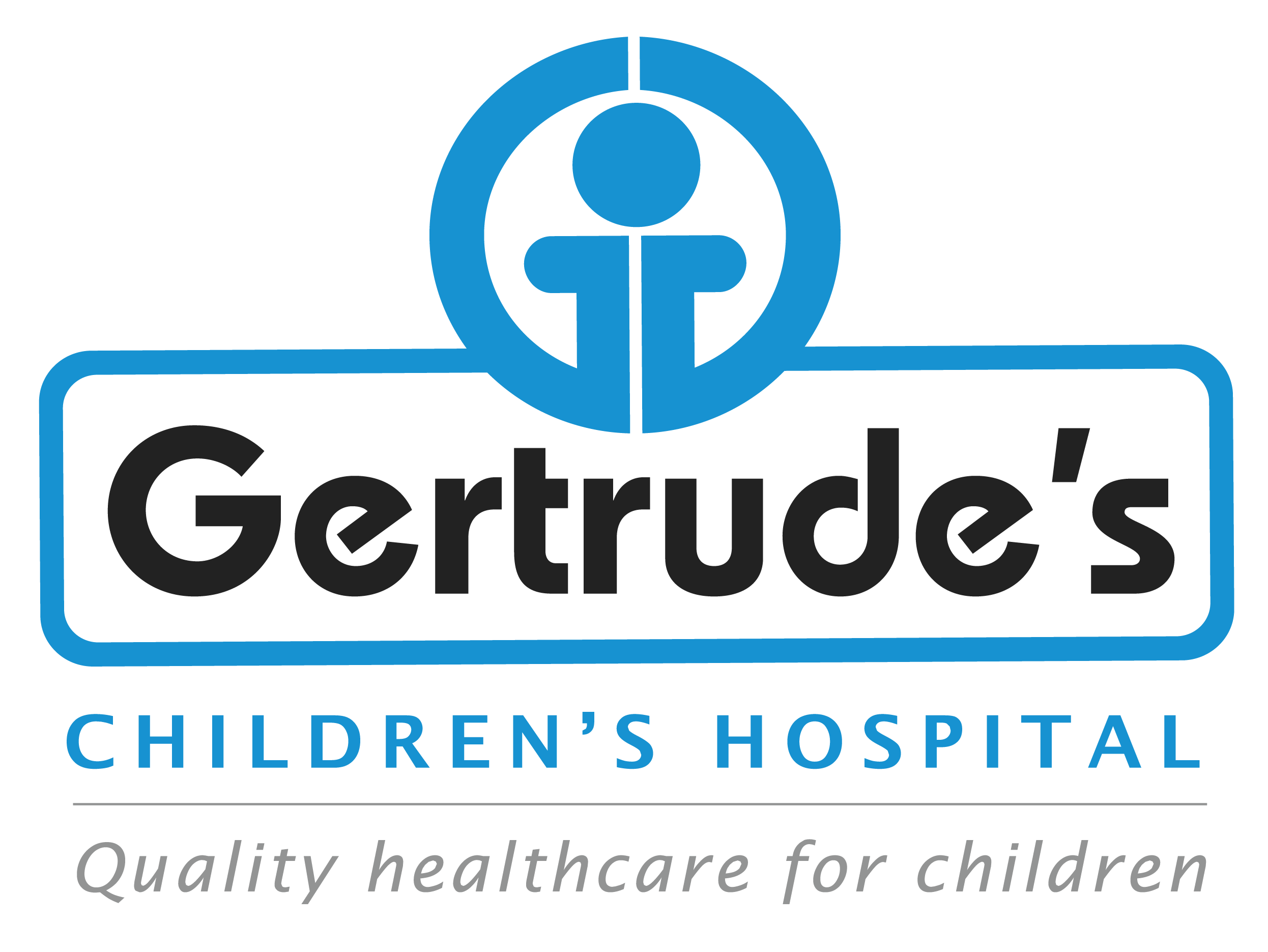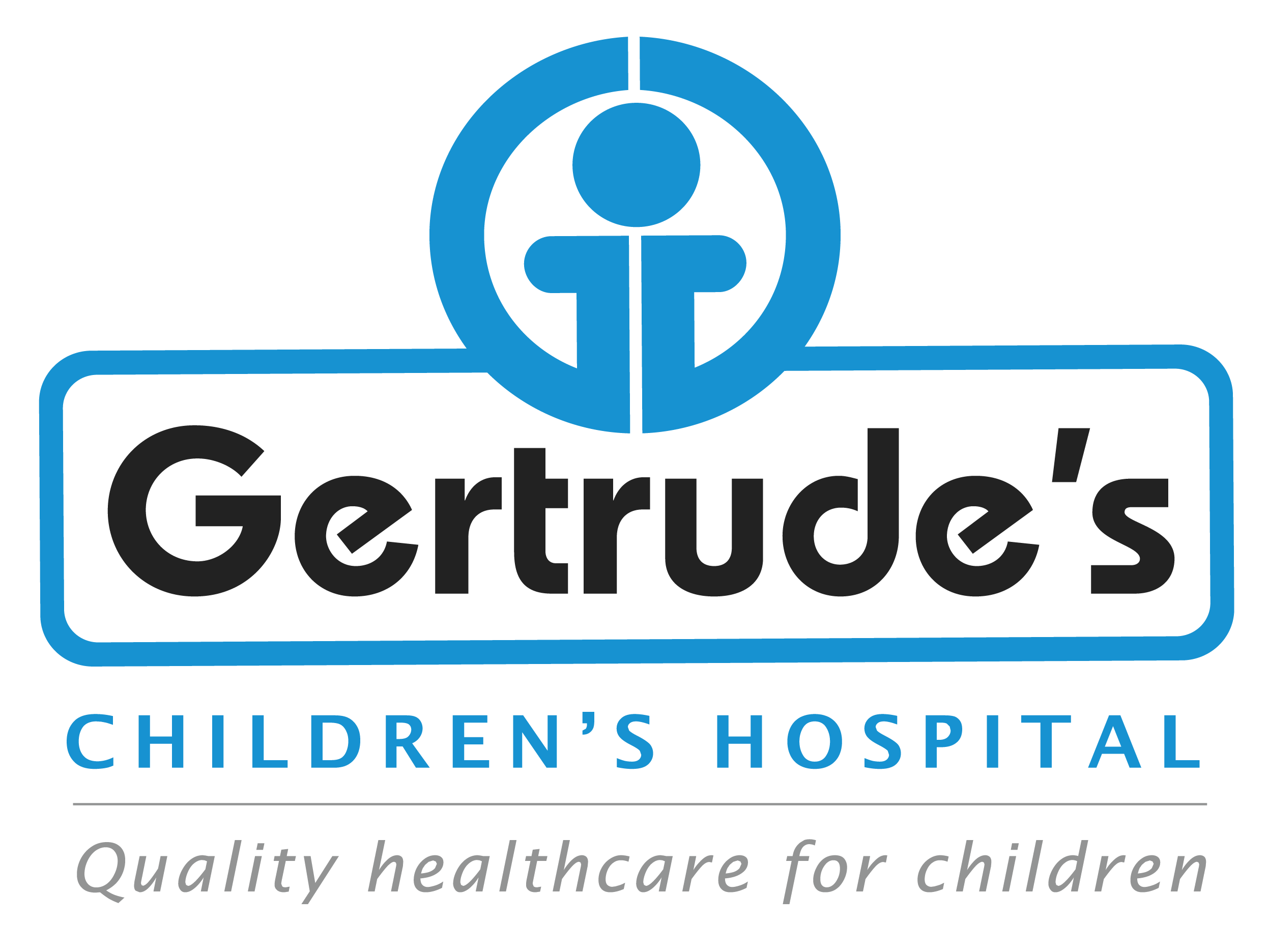An epidermoid cyst is a common, non-cancerous lump that forms under the skin. It is filled with dead skin cells and keratin, a protein found in skin. These cysts can appear anywhere on the body but are most often found on the face, neck, back, and genitals. They usually grow slowly and are typically painless.
Symptoms
Epidermoid cysts often do not cause symptoms, but when they do, you might notice:
• A small, round lump under the skin.
• The skin over the cyst may look normal or slightly discolored.
• If the cyst becomes inflamed or infected, it can become red, swollen, and tender. You might also see a grayish-white substance draining from it.
• A small, round lump under the skin.
• The skin over the cyst may look normal or slightly discolored.
• If the cyst becomes inflamed or infected, it can become red, swollen, and tender. You might also see a grayish-white substance draining from it.
Causes
The exact cause of epidermoid cysts is not fully understood. However, they often develop when:
• Skin cells get trapped below the surface due to injury or irritation.
• Blockages occur in hair follicles.
While anyone can develop these cysts, they are more common in adults than in children. Some people may have a family history of these cysts.
• Skin cells get trapped below the surface due to injury or irritation.
• Blockages occur in hair follicles.
While anyone can develop these cysts, they are more common in adults than in children. Some people may have a family history of these cysts.
Diagnosis
A healthcare provider can usually diagnose an epidermoid cyst by examining it during a physical exam. In some cases, they may perform additional tests like:
• Ultrasound: To confirm the diagnosis and check the cyst’s size.
• Biopsy: To rule out other conditions if there are concerns about cancer.
• Ultrasound: To confirm the diagnosis and check the cyst’s size.
• Biopsy: To rule out other conditions if there are concerns about cancer.
Treatment Options
Most epidermoid cysts do not require treatment unless they cause discomfort or show signs of infection. Treatment options include:
• Warm Compress: Applying a warm cloth can help reduce swelling and encourage drainage if the cyst is inflamed.
• Steroid Injection: If the cyst is swollen or painful, a doctor may inject a steroid to reduce inflammation.
• Surgical Removal: If the cyst is bothersome or recurrent, it can be surgically removed. This procedure is usually done under local anesthesia.
It’s important not to try to pop or drain the cyst yourself, as this can lead to infection and may cause the cyst to return.
• Warm Compress: Applying a warm cloth can help reduce swelling and encourage drainage if the cyst is inflamed.
• Steroid Injection: If the cyst is swollen or painful, a doctor may inject a steroid to reduce inflammation.
• Surgical Removal: If the cyst is bothersome or recurrent, it can be surgically removed. This procedure is usually done under local anesthesia.
It’s important not to try to pop or drain the cyst yourself, as this can lead to infection and may cause the cyst to return.
Frequently Asked Questions
Q: Are epidermoid cysts dangerous?
A: No, they are generally benign (non-cancerous) and do not pose serious health risks unless infected.
Q: Can epidermoid cysts come back after treatment?
A: Yes, if not completely removed during surgery, there is a chance they may return.
Q: When should I see a doctor about a cyst?
A: You should contact your healthcare provider if you notice changes in size, color, or if it becomes painful or infected.
Contact
Please feel free to contact us with any general or medical enquiry by calling us.





